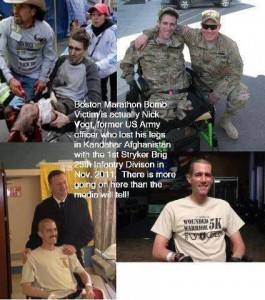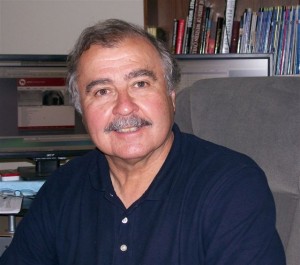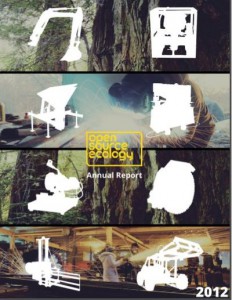![]() Solar power produced 100% of new energy on U.S. grid in March
Solar power produced 100% of new energy on U.S. grid in March
Solar power added twice as much to the grid in the first quarter of 2013 as it did in all of 2012.
Solar power accounted for 100 percent of new energy on the U.S.’ power grid in March 2013 – an energy matrix that includes coal, natural gas, oil, and a variety of other renewable sources of energy.
Notably, the 44 megawatts added by solar power were virtually the only source of new energy in a month that did not see any other sources provide new energy to the grid, according to the Federal Energy Regulatory Commission.
But, as shown in the chart below, March was hardly a fluke for solar power. In the first three months of the year, solar accounted for 537 megawatts of new generation, second only to wind power’s 958 megawatts.
Moreover, the first quarter of 2013 saw twice as much solar capacity added to the U.S. power grid as in all of 2012. And the 264 megawatts of solar power added to the grid in 2012 represented more than the previous three years combined.
As SmartPlanet recently reported, solar power has moved from being “an immaterial job creator to an economic driver.”
“Since 2008, the amount of solar energy powering U.S. homes, businesses and military bases has grown by more than 600 percent according to the Solar Energy Industries Association,” according to U.S. News and World Report, “underscoring projections that solar will be the nation’s largest new source of energy over the next four years.”









Noticed today as comment on Boston bombings: Social media spirals out of control